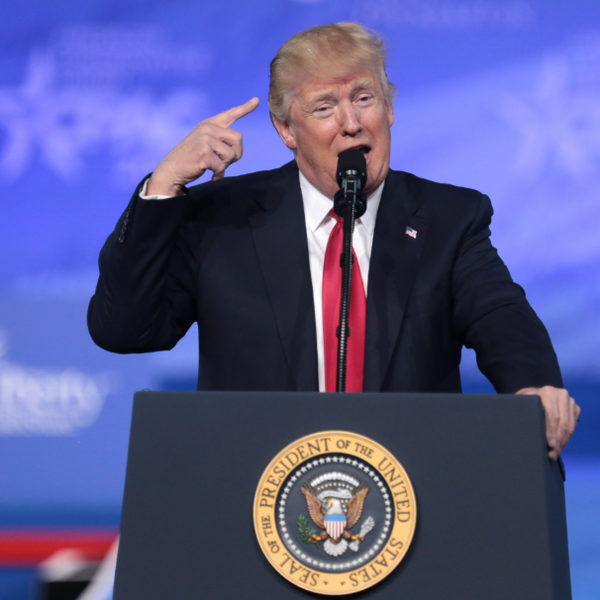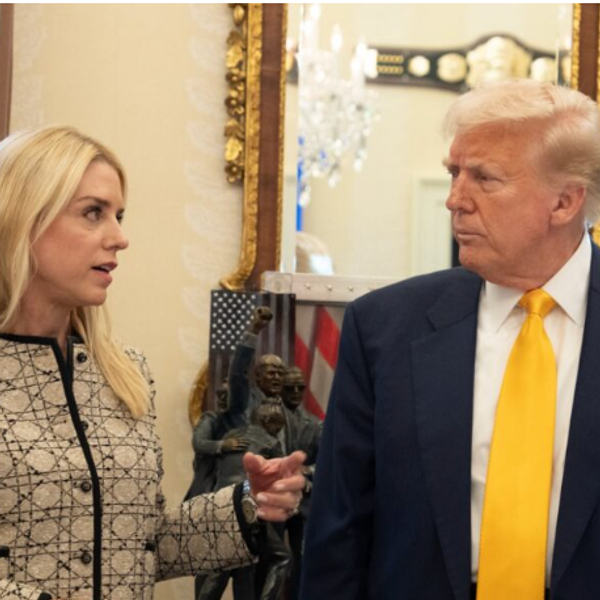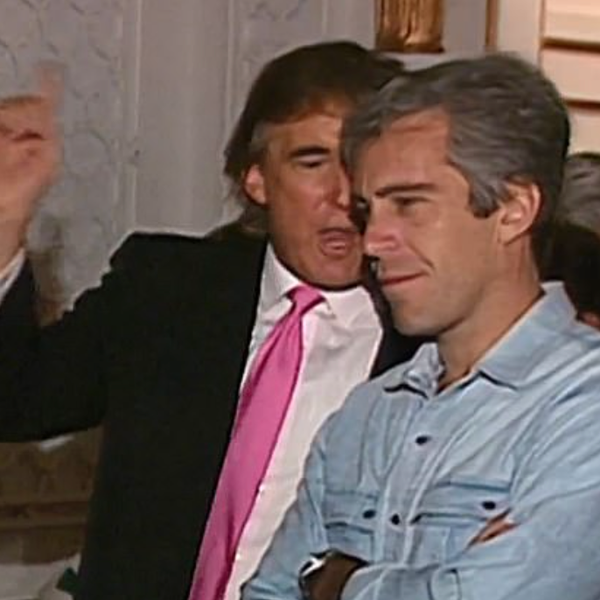The Presidential Race A Virtual Tie In The Polls, But Next Week’s Debate Could Change All That

Published with permission from AlterNet.
The presidential election is back where it was before July’s Democratic and Republican Conventions—a virtual tie with nearly a sixth of voters rejecting the two major-party candidates, according to the latest state and national polls.
But next Monday’s first presidential debate is likely to electrify the race and change its dynamics as many tens of millions tune in. The debate could potentially prompt voters across the political spectrum to reassess their choices in ways not seen since the candidates’ nationally televised speeches in this past July’s national political conventions.
“A Clinton-versus-Trump showdown could be the most watched event in U.S. TV history,” writes James Fallows in the Atlantic’s October issue. “In 1960, 36 percent of the population watched the first Kennedy-Nixon debate. The same percentage now would mean 120 million viewers in the United States, plus countless more worldwide.”
But heading into that signpost event, Hillary Clinton has slid from a seven-point post-convention bounce in the nationwide post-convention polls to where shenow has 41 percent nationally, a lead of less than one percent, and lags by one or a few more points in key battleground states like Florida, Ohio, Iowa and Nevada.
“Democrats Should Panic…If The Polls Still Look Like This in a Week,” was the heart-stopping headline on pollster Nate Silver’s analysis last Friday. Like many pollsters, he cited Clinton’s recent “bad” spell—earlier this month she told a fundraiser that many Donald Trump supporters were “deplorable” and then she got sick at a 9/11 memorial. But Silver’s piece concluded, “I’d advise waiting a week or so to see whether Clinton’s current dip in the polls sticks as the news moves on from her ‘bad weekend’ to other subjects.”
Interviews with several pollsters Monday were filled with similar caveats and did not offer much insight into questions like: Is Clinton losing voters, and if so, to who? (In some states, the answer seemed to be yes.) Was there a change in Trump voters, their makeup or intensity? (The answer seemed to be no, he was holding steady.) Who is being hurt more by the Libertarian Party’s Gary Johnson and the Green Party’s Jill Stein? (That’s hard to say.) Nationally, Johnson ishovering around 9 percent, but he’s a few points higher in Pennsylvania, Colorado and New Hampshire. Stein is around 5 percent in most state polls.
“Is it [third-party candidates] taking away more from Democrats or Republicans? That is the $64 million question,” said Peter A. Brown, assistant director of theQuinnipiac University Poll. “Everyone has a theory. Here’s the problem, there aren’t enough respondents to get a meaningful sample. If he’s at 8 percent in a 1,000-person poll, that’s only 80 people….”
“It is tightening. That is to be expected,” said Tim Tracey, a research associate at Monmouth University Polling Institute, whose recent polls in Iowa and Nevadafound Trump edging ahead of Clinton. As is always the case with single polls, there were curious tidbits, such as growing support for Trump in Iowa from people under 50. In Florida, where Trump is slightly ahead, that is not yet the case. “Polls are just snapshots at that point in time,” Tracey said. “There’s ebbs and flows in campaigns. Events dictate the margins in polls.”
Longtime pollster John Zogby wrote on his blog that the race has been tight and remains tight, despite “annoying media coverage” that exaggerates small differences. “I talk to the press every day. Is Hillary Clinton in a ‘free fall?’ How do you explain Donald Trump’s ‘recent surge’ in the polls? Short answers first: no, she is not in a free fall. She has had a bad week in the context of a not-too-great campaign. And no, there is no surge in Trump’s polling.”
“There has been very little movement in the polls for months,” Zogby explained. “Surely, when Clinton goes from 43 percent to 41 percent at the same time that Trump moves from 40 percent to 42 percent, the end product looks bigger than it really is. But there is a bottom line here, folks—this is a very close race and the leads are going to switch and seesaw between now and November just as they did in 2000, 2004, 2008 and 2012.”
Silver’s alarming piece advised waiting a week before assessing Clinton’s prospects. But Quinnipiac’s Brown gave the best explanation for why. Next Monday will be one of the most decisive events of the campaign so far: the first nationally televised debate between Clinton and Trump. For the first time since their convention speeches, tens of millions of voters will be watching them—including people now behind Johnson and Stein.
“The real question is what happens now that they [the organizers] exclude the third-party candidates from the debates,” Brown said. The question is what will happen to it now because they [Stein and Johnson] will not meet their goal, which is getting into the debates… Here’s what you should do every day. Look at the polls, the ones you trust. See what they add up to. Is there any change over time, over a week or any period, in the number of people who are not aligned with Clinton or Trump? What are they planning on doing?”
You can be sure local editors and reporters in swing counties in swing states—such as the greater Tampa, Florida region—will be doing exactly that. The Tampa Bay Times has produced illuminating profiles on its region’s surprising support for Trump, saying many working-class people feel left behind in an economy where their housing values have still not recovered after the 2008 economic crash (unlike the stock market), and they feel government seems to be helping the rich and the poor, but not them.
“It’s not that I like Trump that much, it’s that I dislike Hillary so much. I don’t think Obama did anything for us, and I see it continuing with Hillary. At least with Trump, there’s a chance for some change,” a 66-year-old retiree told the paper’s political editor. “I’m all for change.”
During Clinton’s visit to Orlando on Wednesday—part of that same Florida swath of swing counties—the campaign said she will talk about building “an economy that works for everyone, not just those at the top.” While visits like that may nudge the state-based polls that created her recent slide, the first presidential debate could have a similar if not more dramatic impact on a national level. Either way, the race is quickly heading into new territory, and the summer’s political tides are on the brink of an entirely new season.
Steven Rosenfeld covers national political issues for AlterNet, including America’s retirement crisis, democracy and voting rights, and campaigns and elections. He is the author of “Count My Vote: A Citizen’s Guide to Voting” (AlterNet Books, 2008).
Photo: U.S. Democratic presidential candidate Hillary Clinton speaks during a campaign event at Temple University in Philadelphia, Pennsylvania, U.S. September 19, 2016. REUTERS/Carlos Barria








